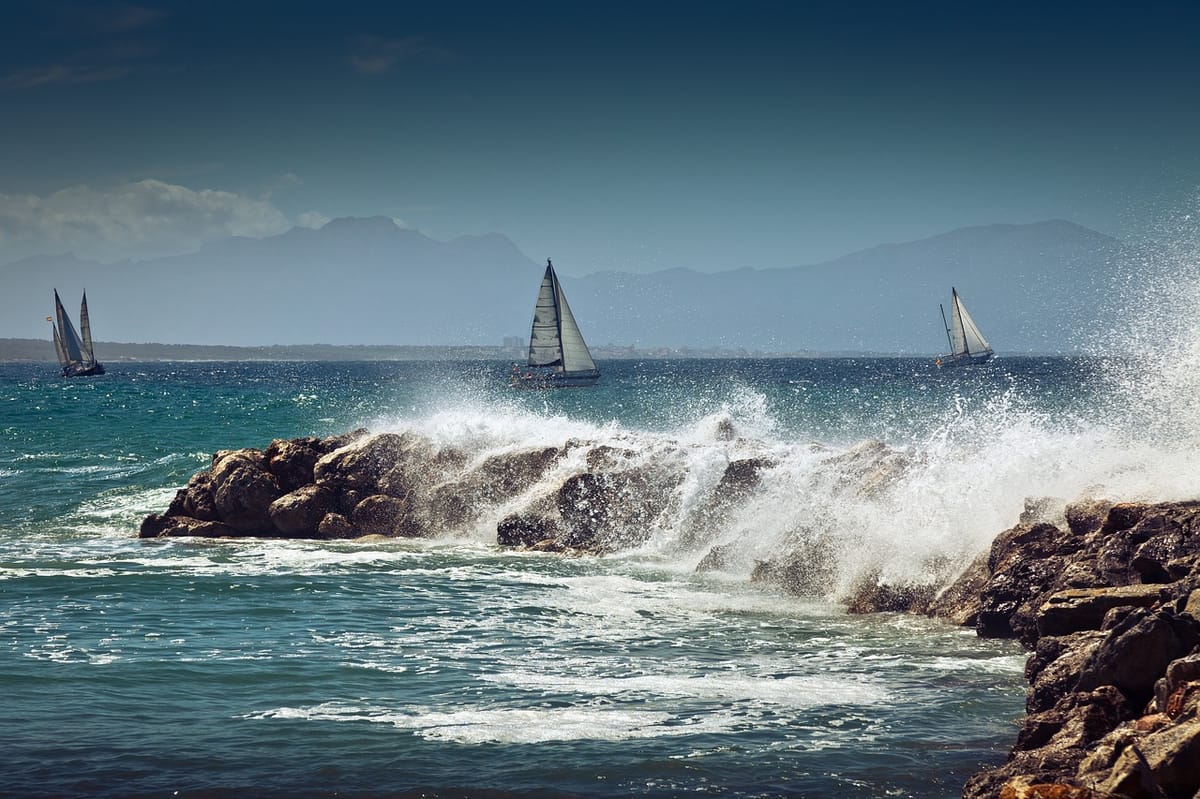Explore the Spain Balearic Islands, the stunning archipelago off the coast of Spain
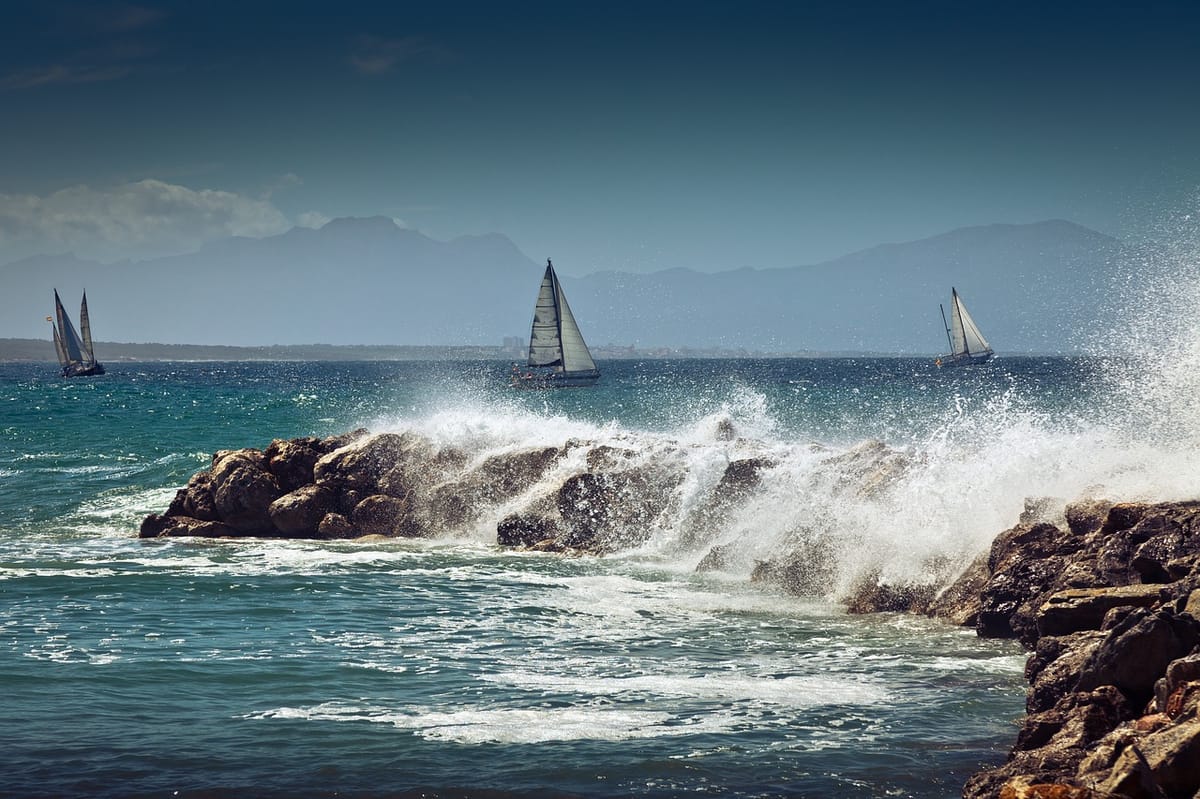
The pearl of the Mediterranean Sea, renowned for its unspoilt beaches, a UNESCO world heritage site selection, and other natural beauty marvels, the four main Balearic islands, Minorca, Mallorca, Ibiza and Fomentura boast popular tourist destinations including their main towns and Ibiza nighlife magnets where parties continue all night long.
Visit long stretches of white sand, the islands' stunning beaches ir for a ride along the Islas Baleares' winding roads for you to unveil not just the Balearic islands' coastal areas but also its inland treasures.
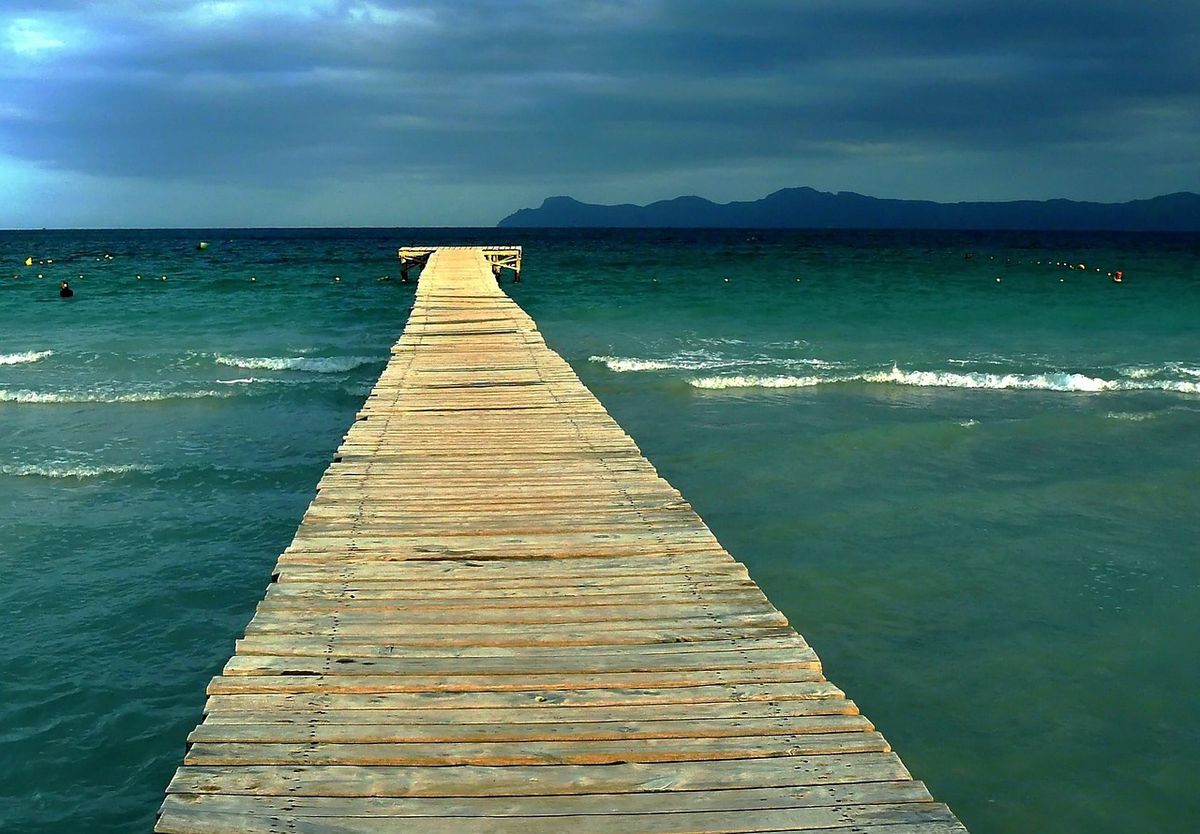
Make a trip to Mallorca
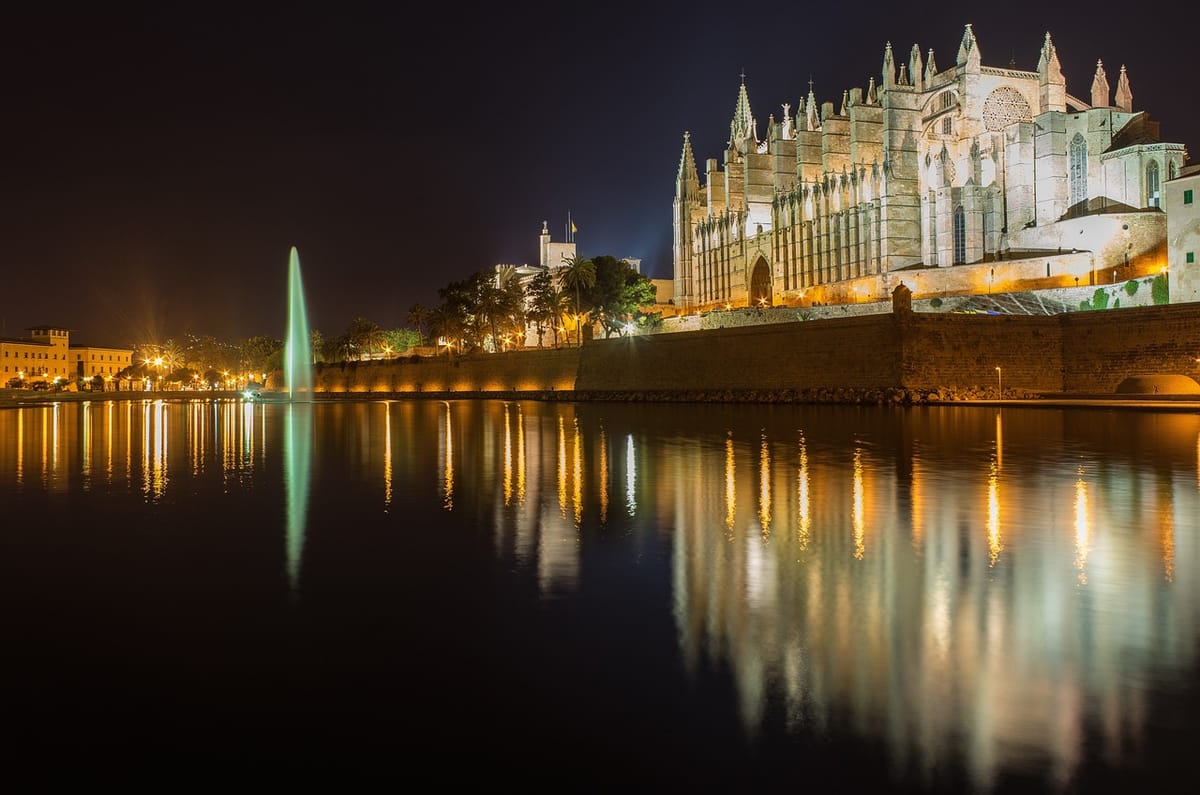
The largest of the chain of Islands, Mallorca is also arguably the archipelago's most famous. It is not just the water sports, live music at its bars & clubs, Gothic architecture, contemporary art, fresh seafood and stunning nature marvels such as Cabrera national park, it is also the island's history.
The history of Mallorca
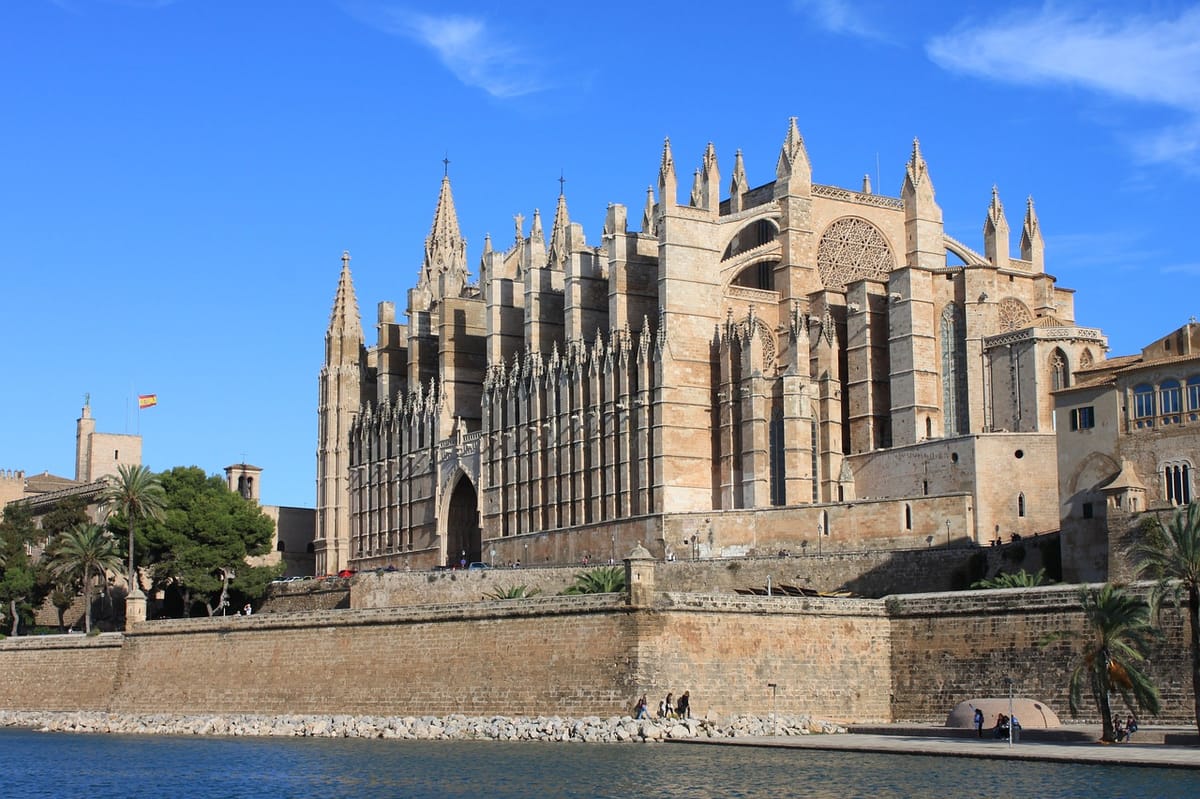
Mallorca, the largest island in the Balearic archipelago of Spain, boasts a rich and diverse history that goes back thousands of years. The island has been home to various civilizations and has witnessed the rise and fall of empires throughout its past.
The earliest known inhabitants of Mallorca were the Talaiotic people, who left behind impressive megalithic structures and talaiots, stone towers that served as watchtowers or settlements.
These ancient communities thrived during the Bronze Age and Iron Age, pointing to the tradition of advanced craftsmanship and a multi-layered society.
In 123 BC, Mallorca fell under Roman control during the Punic Wars. The Romans, recognizing the strategic importance of the island, established a thriving agricultural economy, introducing new crops such as olives and vines.
The Roman influence is still evident today in the remains of Roman villas and theaters scattered across the island.
After the fall of the Roman Empire, Mallorca faced a period of instability and invasions from various groups, including the barbarians and Byzantines.
However, in 902 AD, the island was conquered by the Moors, who brought with them their language, customs, and architecture. Under Moorish rule, Mallorca flourished as a center of commerce and culture, with Palma, the island's capital, becoming a bustling city.
In 1229, King James I of Aragon launched a successful conquest known as the "Reconquista," driving out the Moors and incorporating Mallorca into the Crown of Aragon. This marked the beginning of a new era for the island, as it became a key maritime and trading power in the Mediterranean. The subsequent centuries saw the construction of magnificent Gothic-architecture cathedrals, fortifications, and palaces, combining Gothic, Renaissance, and Baroque architectural elements.
Mallorca faced numerous challenges throughout its long history, including attacks by pirates and raids from rival nations.
In the 18th century, the island experienced a period of decline as its economic and political influence waned. However, in the 20th century, Mallorca emerged as a popular tourist destination, attracting visitors from around the world to its stunning beaches, picturesque villages, and vibrant culture.
The first "modern" travellers to the island included the likes of Frederik Chopin, Agatha Christie and Ava Gardner.
Today, Mallorca continues to fascinate visitors with its rich history, breathtaking landscapes, and a harmonious blend of influences from its diverse past. From ancient ruins to medieval castles and modern resorts, the island remains a must-visit for any traveler going to Spain.
Travel to Mallorca
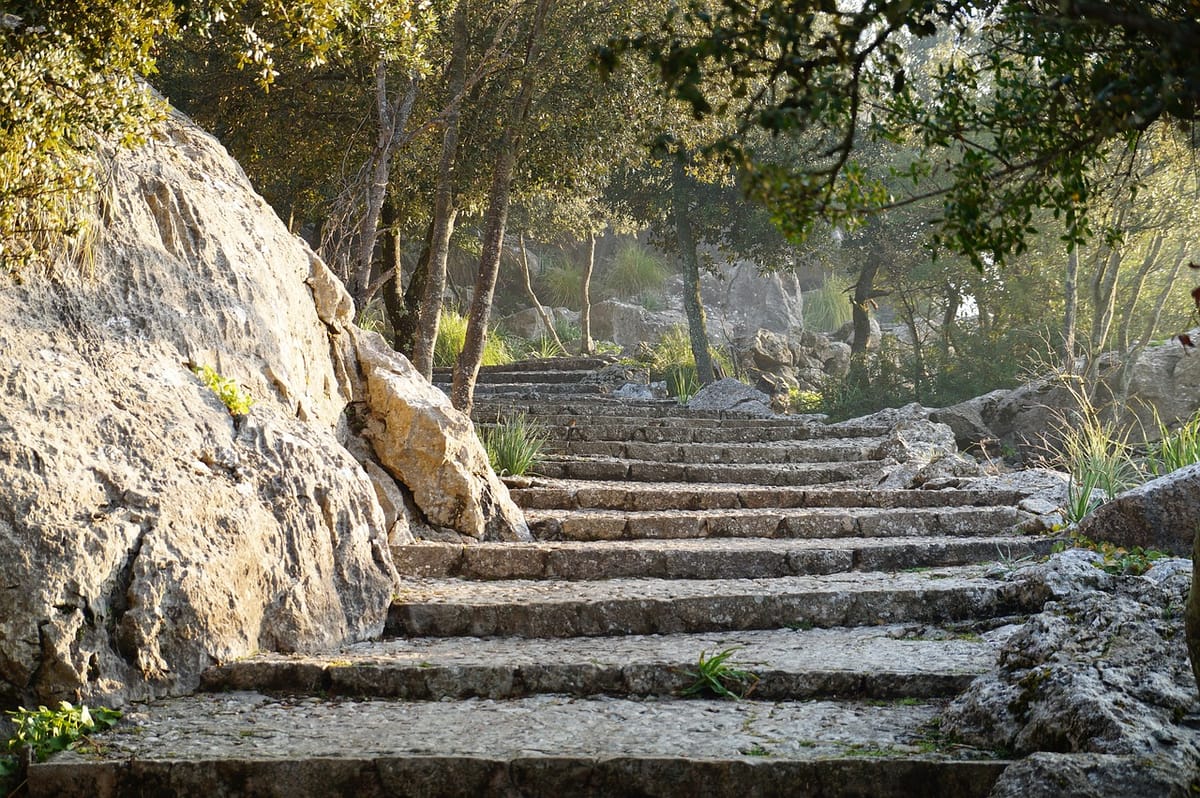
- Where to stay in Mallorca
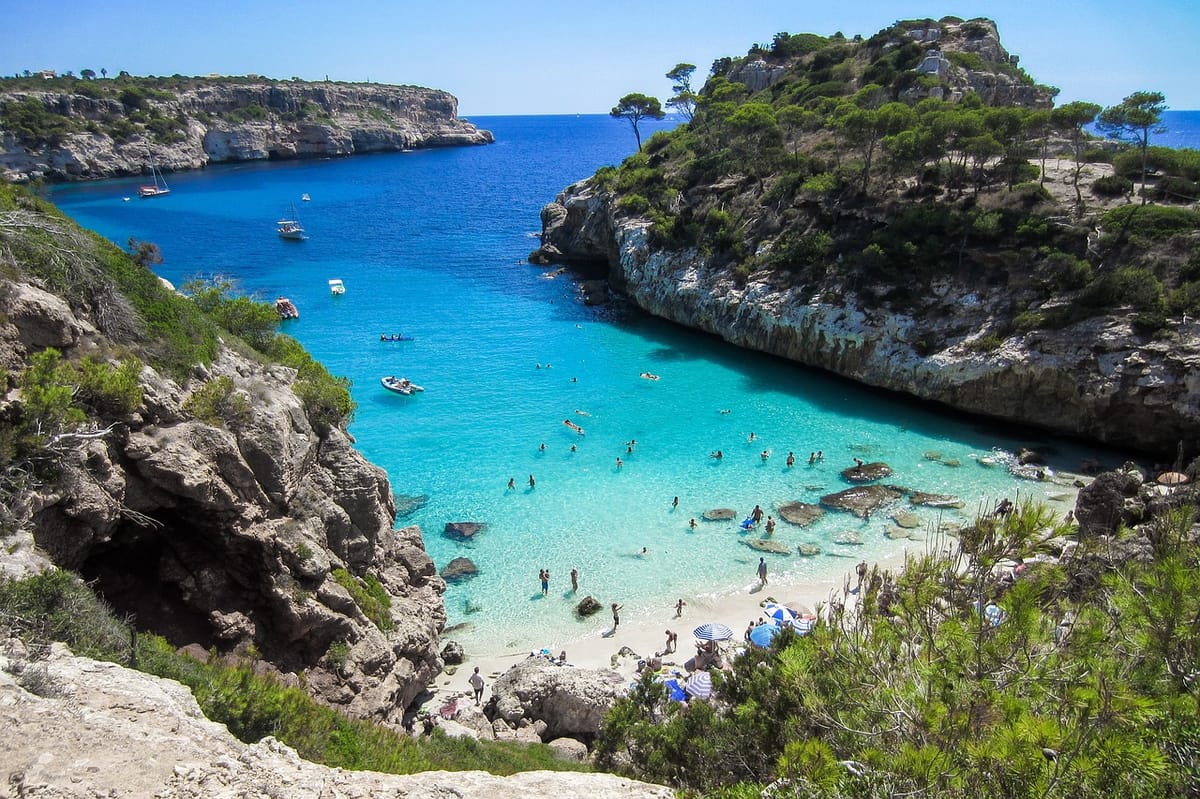
Whereas one can opt for the swank of Palma de Mallorca and its proximity to Palma de Mallorca airport, or opt for a sojourn at one of the island vineyards, or elsewhere in the rural part of the island, others may opt for a stay in lesser-known Mallorcan destinations.
Head to hidden coastal villages like Cala Millor, Port de Polenca, or the literary hidden gem Deia. Look for bargains on Airbnb to get the best value out of your Mallorcan escapade.
- When to visit Mallorca
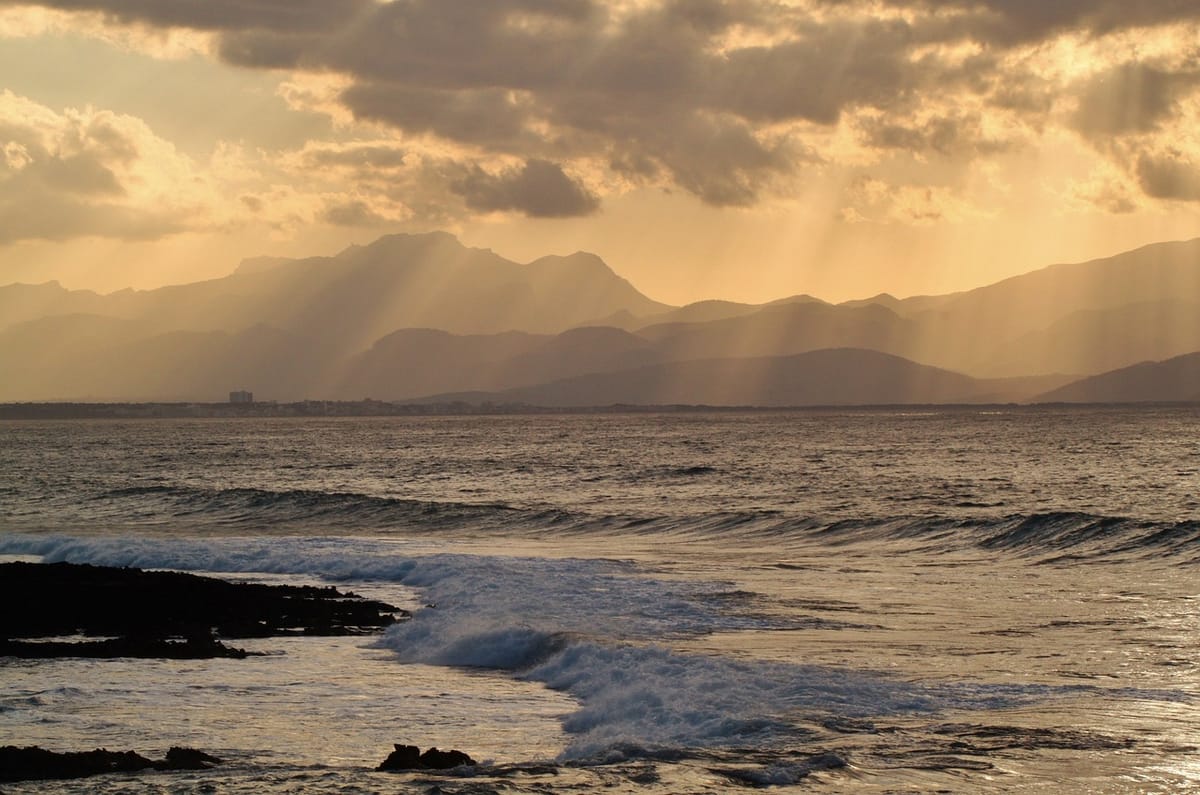
It is arguably best to visit Mallorca from mid-April to mid-June when the crowds are scarcer, or during September-November when you can escape not only throngs of tourists but also the stifling summer heat, even if its impact is somewhat eased by the gentle Mediterranean breeze.
- Where to eat & drink out in Mallorca
Even if there are many staples of Mallorcan cuisine that are quite simple, take, for exampe, pa amb oli, bread topped with fresh olive oil and tomatoes, salt and sometimes garlic, there are more sophisticated examples of indigenous gastronomy.
Local culinary wizards will conjure up rings of local sausage, sobrassada, made of pork, or a cornucopia-amount of mouth-watering vegetables, when serving the local tumbet, a vegetable casserole featuring layers of potatoes, eggplant, and red bell peppers, all topped with a savory tomato sauce.
Don't miss out on the island's signature desert, ensaimada, and its delectable wine, among the region's best.
- What are Mallorca's main attraction points?
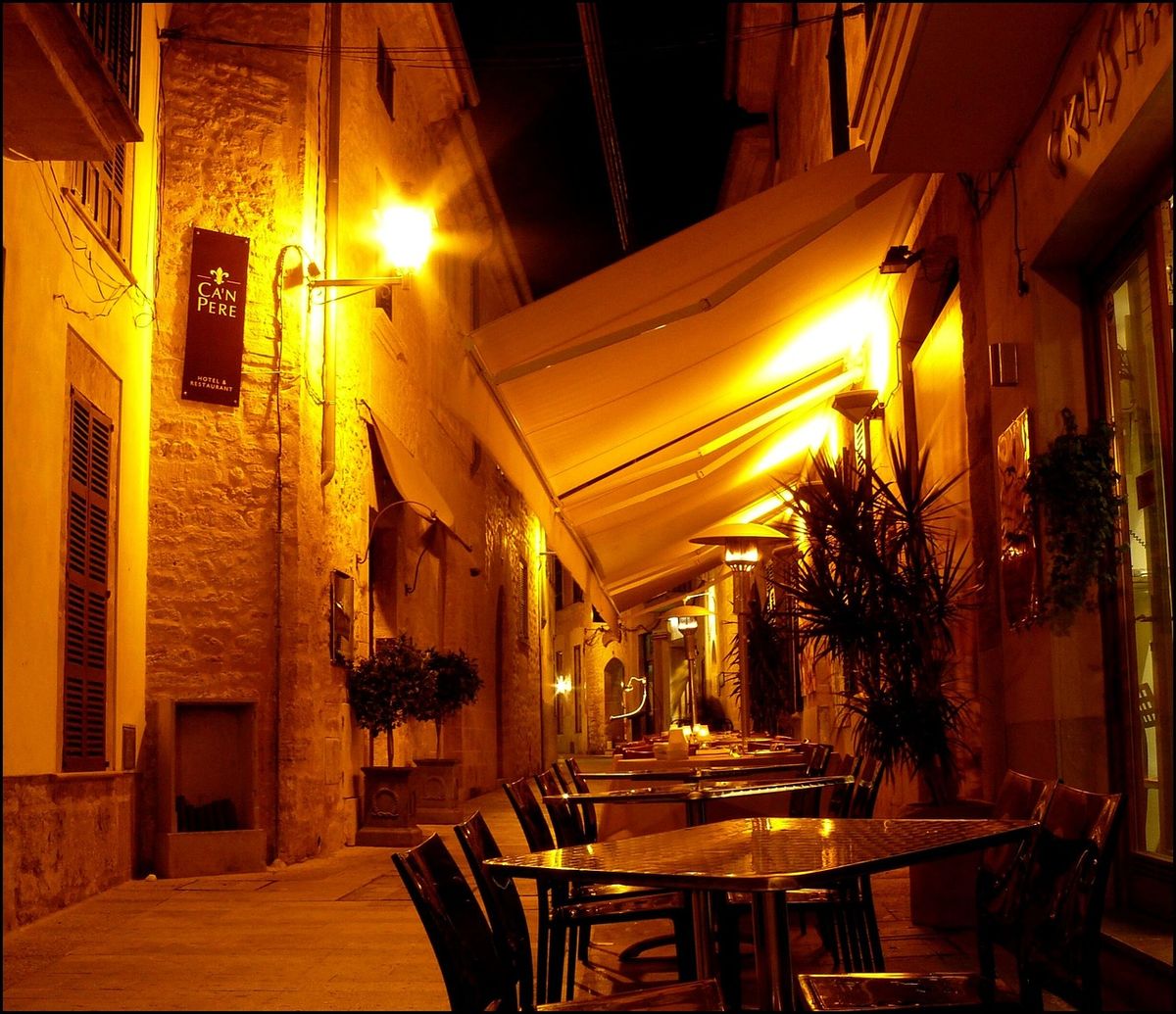
Even though the island boasts a lot of culture heritage, its local gin, for example, there are at least five sites that you really must visit.
The first one is Cathedral Santa Maria, situated in Palma de Mallorca. Begun as early as the 13th century, it was commissioned by the King James I of Aragon, following the Reconquista, as the capture of the island by the Spanyards has been known.
Its Gothic exterior will satisfy the aesthetic demands of the most jaded architecture buff, while its Gothic interior will introduce you to the Medieval world of the frontier between the Occident and the Orient.
Or pay a visit to Cala Figuera, an old fishing village that transfers you back in time and unveils the world of the maritime allure. Explore the town before you come across one of its signature seafood restaurants, where you can plomp down for lunch.
But since Mallorca is one of the Mediterranean Sea's largest islands, it outshines Ibiza and Formentera when it comes down to architectural heritage.
Here, you can find a vast array of Medieval sites such as Bellver Castle, the royal palace of Almudania, Capdepera Castle, 14-th century Santueri Castle, the old town of Polenca Town, Sant Salvador Monastery, San Francesc Monastery, Sineu Church, and the stunning Polenca Castle.
To explore nature head to the Serra de Tramontana, a mountain range that protects the archipelago's largest island from the ravages of the winds.
Then, treat yourself to some choice local gastronomy munch on the ambrosial ensaimadas, a local signature sweetmeat, or Sobrasada, a raw cured pork sausage that also originates in the Balearic islands.
Finally, uncover the region's unique caves: visit underground caves, such as the 4-km-long labyrinth of Caves of Drach and the Caves of Hams. Embark on guided tours to admire the impressive stalactite formations, underground lakes, and stunning natural landscapes.
Bonus: don't miss out on a trip to Valdemossa, a stunning hill-perched town, known for its drop-dead townscape, submerged in greenery.
Travel to Menorca

- Where to stay in Menorca
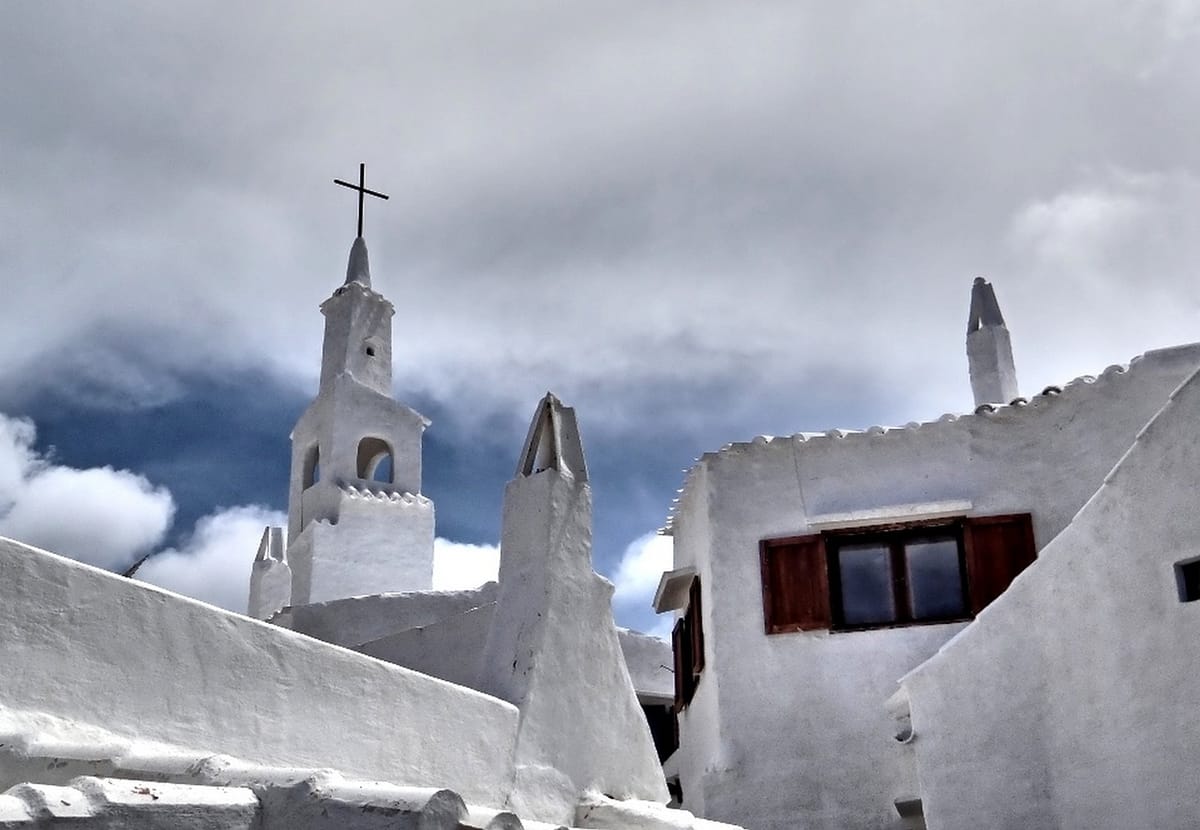
If you are looking for coastal bliss, make your way to the southern coastline of Menorca renowned for its picturesque coves and turquoise waters.
First, there is Ciutadella, one of the most impressive Balearic Islands cities, and the island's former capital, oozing out a captivating blend of history and seaside allure.
Here, visitors can find boutique hotels tucked away in narrow cobblestone streets, offering a harmonious blend of traditional charm and modern comforts. From your doorstep, explore the charming harbor, indulge in fresh seafood delights, and bask in the golden hues of the setting sun.
For a more tranquil stay, the eastern side of Menorca boasts some of the Balearic Islands' most exquisite beaches. Cala Galdana and Cala en Porter, tucked away amidst limestone cliffs and pine forests, provide a serene haven for relaxation. Secluded villas and quiet resorts allow guests to unwind while taking pleasure in the breath-snatching vistas of the Mediterranean Sea.
Venturing inland, the lush rural areas of Menorca enthrall you with its Balearic Islands rolling hills, olive groves, and ancient stone monuments.
Sant Lluís, a quaint village in the southeast, offers a taste of traditional Balearic Islands life. Stay in charming agritourism hotels or rustic farmhouses, immersing yourself in the island's authentic rural charm. Experience the warmth of local hospitality while savoring traditional Menorcan dishes prepared with love and locally sourced ingredients.
For families seeking a memorable holiday, the northern coastline offers a range of family-friendly accommodations. Resorts with ample facilities and activities ensure that both children and adults have a fun-filled stay. The picturesque beaches of Arenal d'en Castell and Son Bou are perfect for building sandcastles and making cherished memories.
- When to visit Menorca
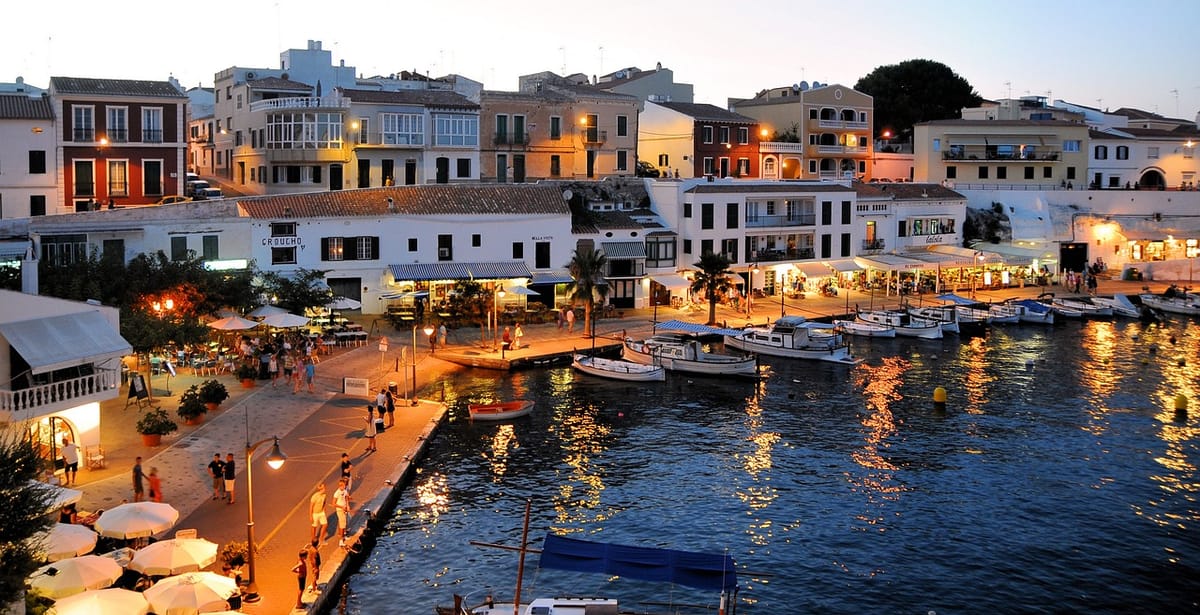
Since the island may be less heavily affected by the stampede of tourists then its neighbors, Mallorca and Ibiza with its kinetic Ibiza town, you can visit Menorca throughout the May-September high season.
Yet bear in mind that you should carefully search for best bargains on hospitality platforms such as Agoda and Airbnb.
- Where to eat & drink out in Menorca
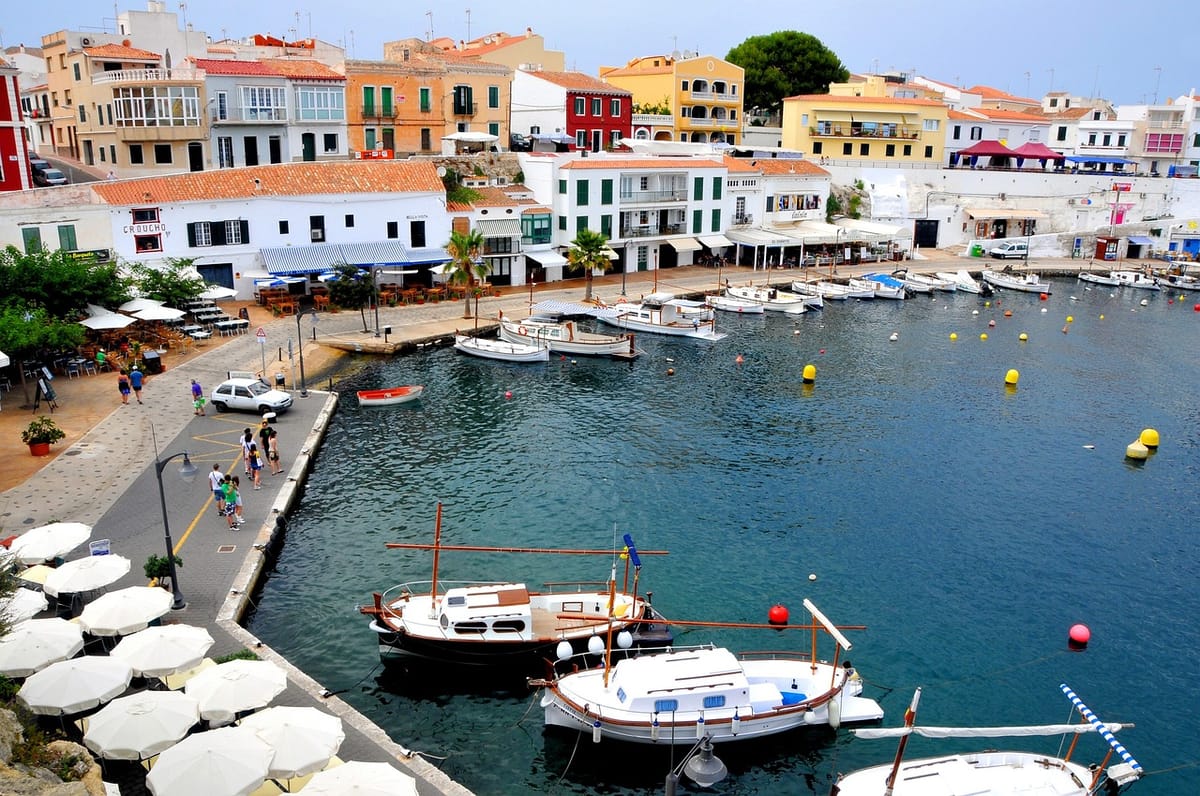
Even though the island is generally considered tiny its boasts its own culinary jewels. Its gastronomic heritage includes such delicacies as Caldareta de Langosta, a signature local lobster stew, one of the Balearic islands' strongest soft power points.
Then there is local cheese, not only something to tuck into, but also a great gift to bring home to your loved ones.
Try out Mahon Cheese, one of the most respected cheese varieties in Europe.
- What are Menorca's main attraction points?
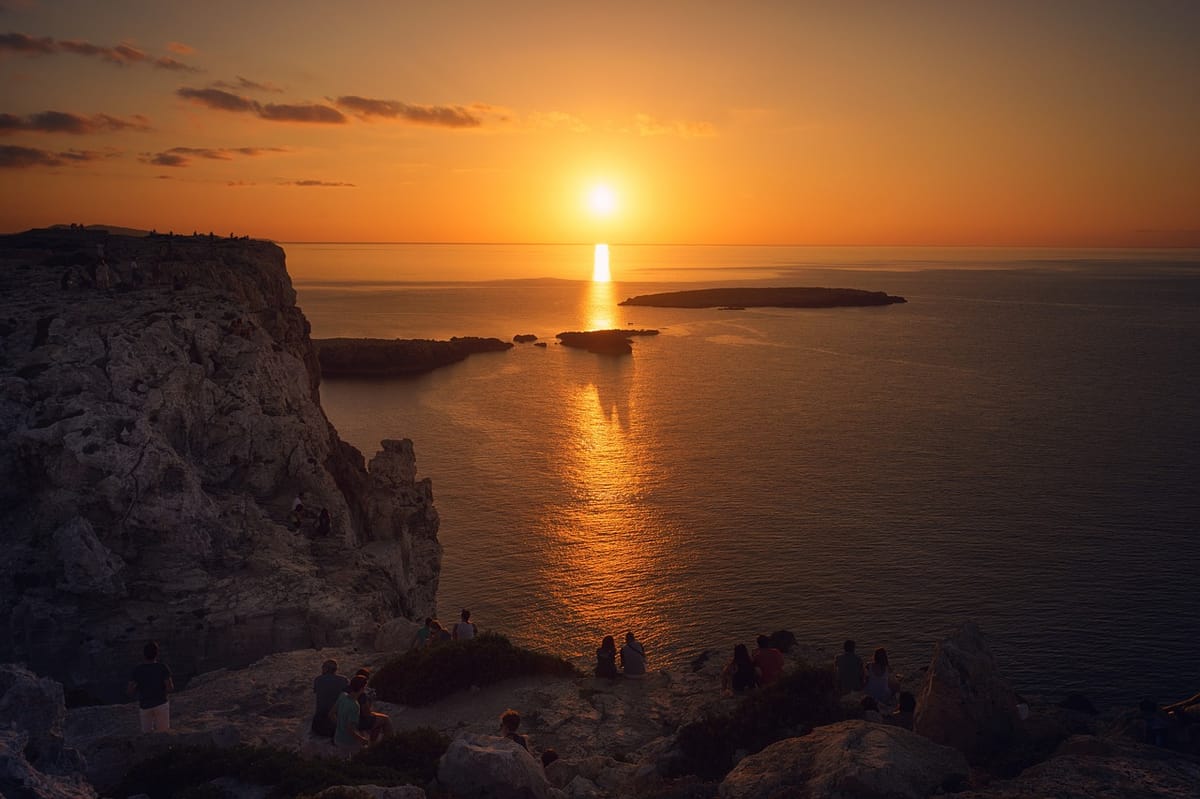
In spite of the island's history being rich with events of some import, today Menorca is the most serene of all four main Balearic islands. Nevertheless, there are a great many prime landmarks that make the island a veritable hidden treasure that waits there for you to unearth it.
First, take delight in the magnificent street views of its towns.
Pay a visit to Ciutadella. Home to the Fiesta de Sant Joan, taking place annually on June 23rd and 24th, when the streets come alive with parades, bonfires, and a unique horseback ceremony known as "Jaleo.", Ciutadella is a unique culture site.
Then another must-visit locale is Mahon. The capital of the island, it is known for its sterling British colonial architecture and boasts a great sea view. Head here to feast on its mouthwatering sea food, and don't lose out on the Menorca museum, exhibiting historical artifacts, and Santa María Church, a place of worship featuring an ornate 19th-century organ, and sitting on central Plaça de la Constitució.
Another hidden gem is Cala Macarella, a hidden cove that is favored by locals and foreigners alike thanks to its isolated location, and the inlet's calm, pellucid, turquoise waters.
But it is not just cultural sites it is also the island's culture marvels that lure travelers from far and wide.
Few can't appreciate the beauty of Carrer Mistral de Punta Prima a great spot to swim in.
Then, what can be better than a nice swim during your sojourn in Menorca, head to Son Bou Beach, arguably one of the archipelago's best beaches, and have a dip in the tender Mediterranean.
Go bonkers at Ibiza
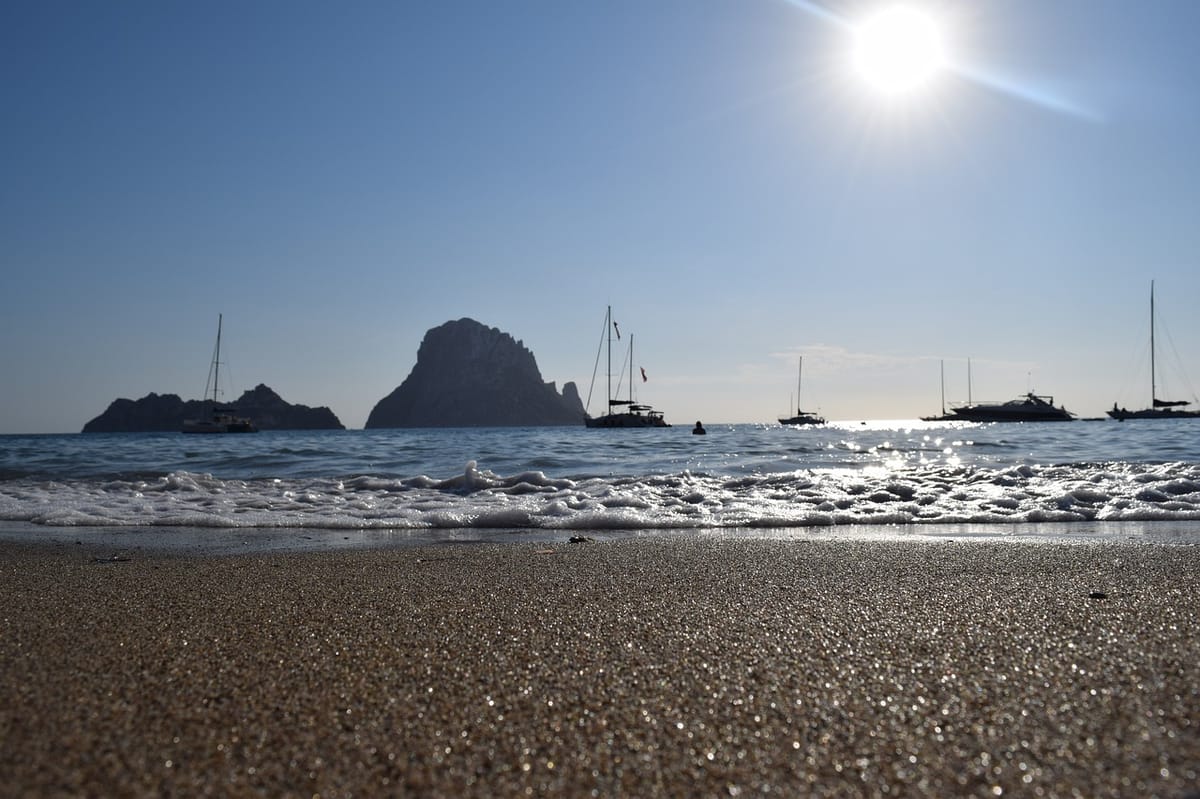
One of the Ballearic main islands, Ibiza is arguably the most renowned international party destination. It has not just many stunning beaches, urban locales that often outshine mainland cities in terms of both infrastructure and beach fun.
Whereas many go around the Western Mediterranean and mainland Spain in search of good wine and natural beauty, in Ibiza you can find other ingredients to be thrown into the mix.
Here you can find arguably both the continent's and the world's best nightlife, making it one of the main islands in the world in terms of hospitality, along with an international party destination; wonderful nature that sets so many Spanish islands apart, making it one of the most beautiful Balearic islands, much more scenic then what most of the Spanish mainland has to offer; and gorgeous local food & tipple, not to mention the amiable island-natives.
Note that there even though Ibiza Island is the most famous there are a lot of minor islands scattered in the vicinity, make a trip to Sant Josep de sa Talaia, right off the coast of Ibiza, or a larger outlying island, Formentera, arguably, the most visit-worthy among the Balearic chain's many minor islands.
- Where to stay in Ibiza
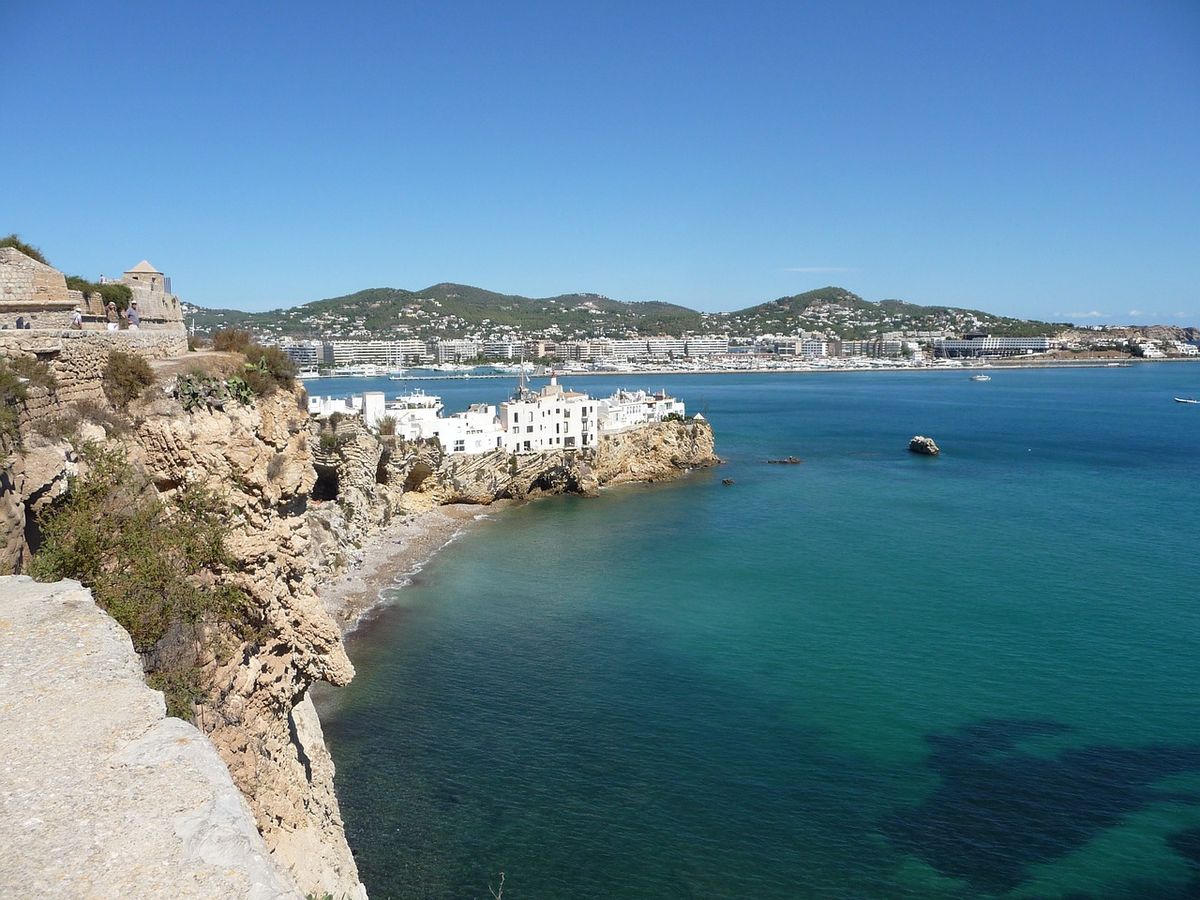
Succumb to the frenzy of Ibiza nights on a trip to Ibiza Town, the island's bustling capital.
It offers a veritable hotel bonanza and some of the Balearic Islands' best nightlife options. Here, you'll find a captivating blend of historic charm and modern luxury. From fascinating beachfront resorts to chic urban hotels, staying in Ibiza Town provides easy access to the island's best clubs, bars, and iconic nightlife venues.
Travelers seeking a serene and upscale escape can find solace on the west coast of the island. San Antonio Bay, a town prized for its breathtaking sunsets, provides you with a more laid-back ambiance.
Luxurious resorts and upscale accommodations line the coastline, offering sweeping panoramas of the Mediterranean and moments of tranquility.
For a taste of traditional Ibiza, explore the picturesque villages and rural areas of the north. Santa Eulalia, a charming town on the east coast, exudes a more relaxed atmosphere.
Its delightful hotels and boutique guesthouses offer a perfect balance between authenticity and modern comfort. Staying here allows you to savor the island's culinary delights, explore local markets, and soak in the Mediterranean charm.
- When to visit Ibiza
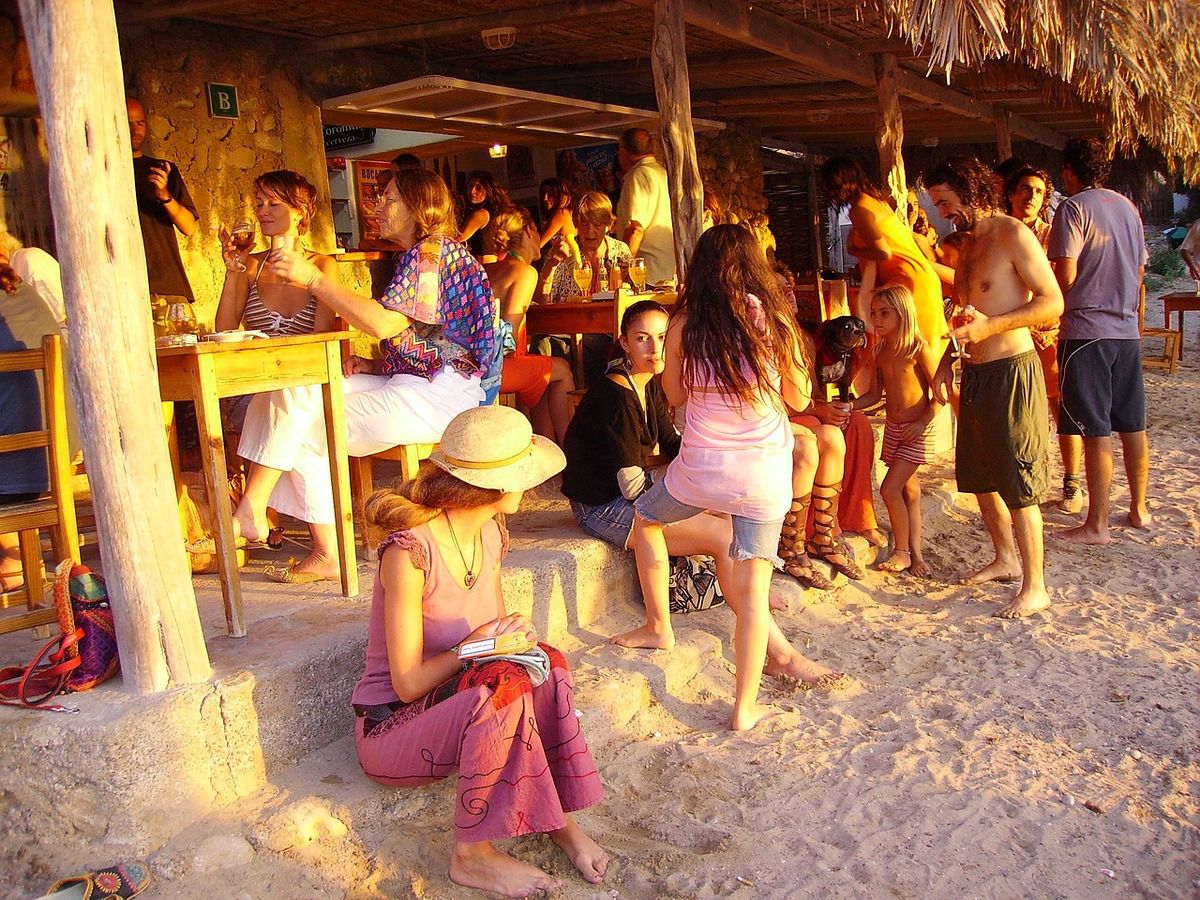
It is generally considered that the high season is from April to September; keep in mind that it is not just the magic climate of the Mediterranean Sea that draws travelers here, but also the island's diverse nightlife that really booms during the summer months.
- Where to eat & drink out in Ibiza
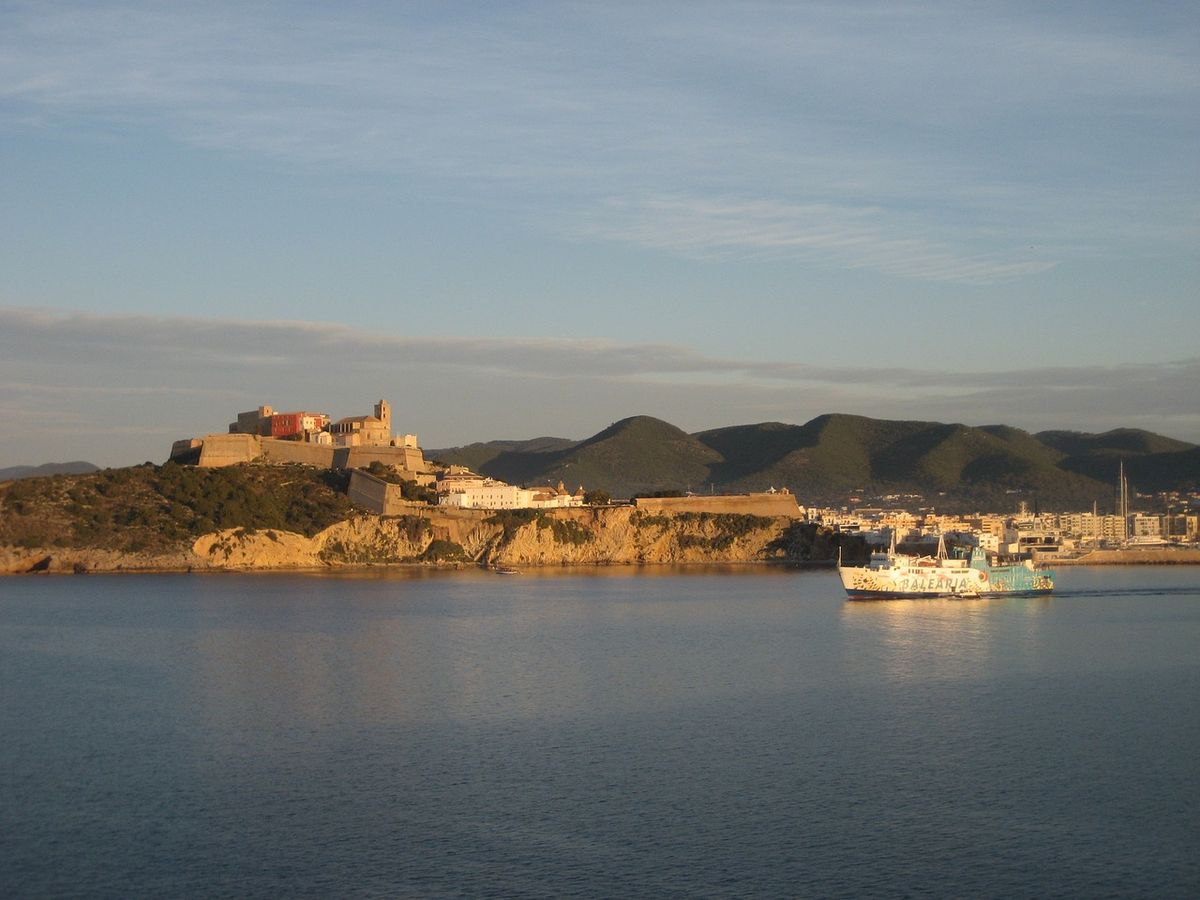
Head out to the many hipe local hipster eateries, where you can find food from all over the world, Ibiza having become a truly cosmopolitan tourist hub, and don't miss out on the ambrosial cocktails in the island's many bars and clubs.
- What are Ibiza's main attraction points?
- Even though many, when they think of Ibiza, think of clubs such as Pacha Ibiza, others choose the island destination to explore its nature and ancient culture.
- For a quieter Ibiza sojourn head to the northern settlements of San Carlos, Cala San Vicente, Portintax, San Miguel, nestling in the hills of the North, or Es Cubells, lying in the south-western coast of Ibiza.
Uncover the mystery of Formentera
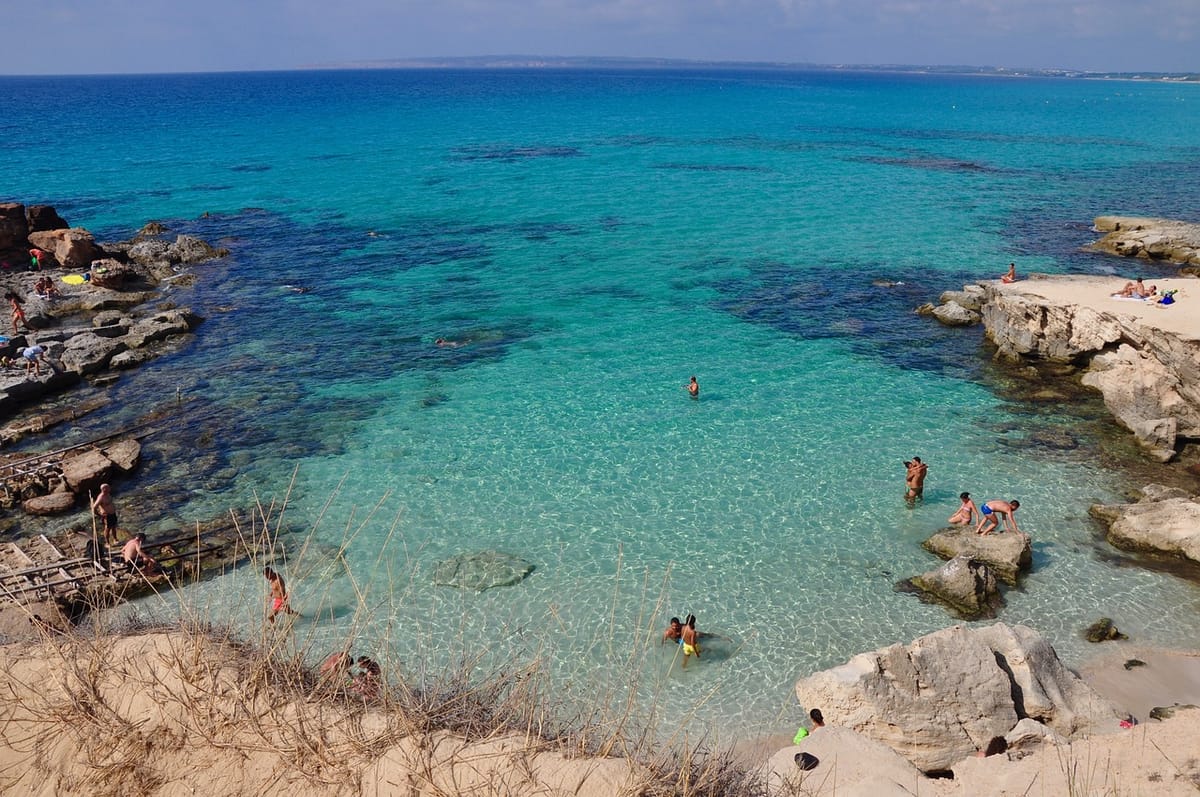
Situated a short boat ride away from the party Mecca, Ibiza, Formentera offers more refined leisure to those seeking to combine taking delight in the Mediterranean nature and the islands' enigmatic nightlife.
It is a kind of Spanish Koh Tao, that nestling off its own Koh Samui, Ibiza, lures those wishing for a respite from most of the hectic partying, but not all of it at once.
- Where to stay in Formentera
First and foremost there is Es Pujols. Located on the northern coast, Es Pujols is Formentera's most popular tourist destination, offering a vibrant promenade with restaurants, bars, and shops. Accommodation here ranges from chic beachfront hotels to cozy guesthouses, ensuring a comfortable and lively stay within walking distance of the beautiful beaches.
For a more tranquil and intimate experience, travel to Migjorn, sitting on the southern coastline of the island. This area is home to some of Formentera's most luxurious and secluded resorts, providing a haven for relaxation and privacy. The long stretches of sandy beaches and turquoise waters add to the allure of this serene hideaway.
For a taste of authentic island life, make your way to Sant Francesc Xavier, the island's charming capital, and an excellent choice for couples.
Here, you'll find a range of boutique hotels and traditional fincas, allowing you to immerse yourself in the local culture and profit from the leisurely pace of Formentera's rural charm. The village's quaint squares, local eateries, and historic sites provide a delightful backdrop for a relaxed stay.
Nature enthusiasts and those seeking a peaceful escape should consider staying near La Savina, the port town on the northern tip of Formentera. This area offers a mix of budget-friendly pieces of accommodation and eco-friendly lodges, perfect for connecting with the island's natural beauty and its many hiking and biking trails.
- When to visit Formentera
Even though the island feels more crowded at the peak of the summer season and visiting in May, June, or September may thus well be the wisest option, Formentera offers plenty of spots that you will enjoy throughout the year.
- Where to eat & drink out in Formentera
Don't miss out on Bullit de Peix, a boiled-fish dish, and a staple of Ibiza and Formentera gastronomy, among other seafood delicacies and the island's yummy cocktails and other kinds of tipple.
- What are Formentera's main attraction points?
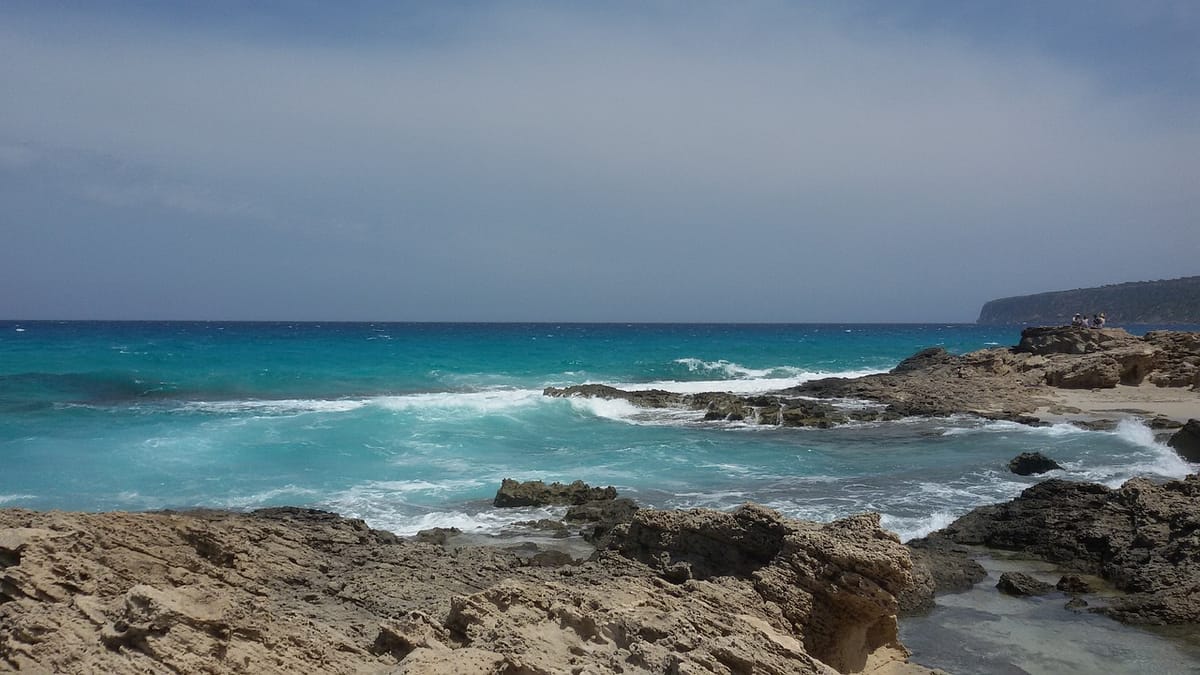
Apart from clubbing and going to a bar, the island has a lot of things to offer to a traveller. Head to Esplamador Island, one of more minor islands in the proximity of Formentera; travel to Cap de Barbaria to meet the sunset; pay a visit to the stunning La Mola Lighthouse; or make a trip to Cala Saona, a secluded cove prized for its stunning sunsets.

